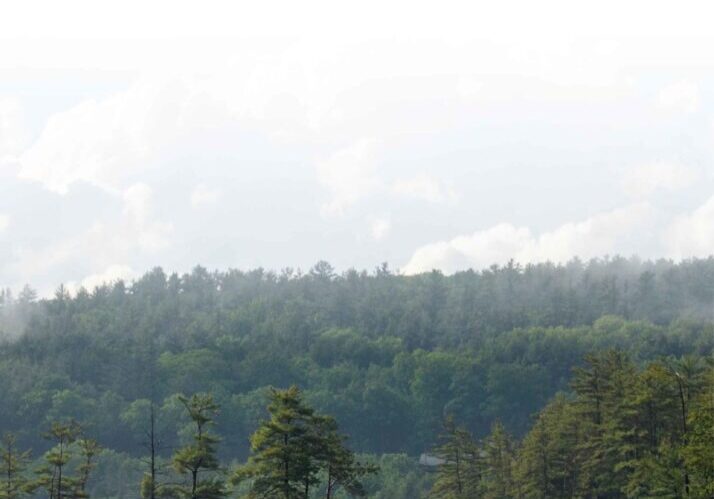A popular way of maintaining our wellbeing with lockdowns, shutdowns, and working from home is just getting outside. A study by Danish urban research firm, Gehl, reflects this new attraction to nature. One study respondent commented, “People seem to be using greenspace and outdoor space more than pre-outbreak — but now, even more so, it is a release, an escape, some sanity, some wellness.”
A good walk spoiled
With this growing popularity comes a lot of our trash. The litter that registers as invisible when we drive by becomes all too noticeable at the tamer pace of a leisurely walk around the block. A plastic shopping bag lodged at the base of a hedge. Old bottles, cans, and other trash along the curb.
Much of this waste finds its way to streams, rivers and other waterways, and eventually to the oceans. However, researchers in Germany found that one third of all plastic waste ends up in the ground or in freshwater. Most of this is unintentional. The Center for Outdoor Ethics found 9 out of 10 people in the outdoors are uninformed about how they may adversely affect the environment.
Growing awareness of impact on greenspaces
Good news. There are indications that more people are aware of their impact on the greenspaces, woodlands, waterways and oceans that offer us much needed solace. For example, the program Plastic Free July, has been working since 2011 to help create a world free of plastic waste. In 2020, they saw their highest level of engagement with 326 million people participating in the Plastic Free July challenge. That’s up 100 million from the year before.
How to maintain serenity and sustainable greenspace
More good news. It’s not hard to build on the success of initiatives like Plastic Free July. We can easily take care of our outdoor refuges with just a little forethought and planning.
Here are some great ideas from the National Park Foundation:
Stay hydrated but leave the plastic water bottle at home and grab a refillable one instead.
Being well-nourished is just as important, so use reusable silicone snack bags on the trail.
Bring food in reusable containers and use washable napkins and tablecloths.
Ditch the plastic and invest in reusable straws, plates, and cutlery that can be easily rinsed clean.
About 30 percent of all trash in the U.S. comes just from product packaging, so try to reduce single-use packaged food products as much as possible.
Instead of paper maps, make use of several national park map apps. No service? Many parks apps can be downloaded ahead of time and used offline.
Don’t plan on finding a trash or recycling can. Always plan ahead and decide how you’ll store any garbage until you’ve reached a proper disposal site.
Doing good feels good
Maintaining our oceans, waterways, and greenspaces spaces is not only essential for the planet’s wellbeing, it’s becoming more essential for our wellbeing. And to take care of the latter, we need to take care of the former.
Research has shown that the simple act of doing something good, such as keeping the environment clean and healthy, can actually make us feel good in the process. And isn’t that why we took that long walk outdoors in the first place?


